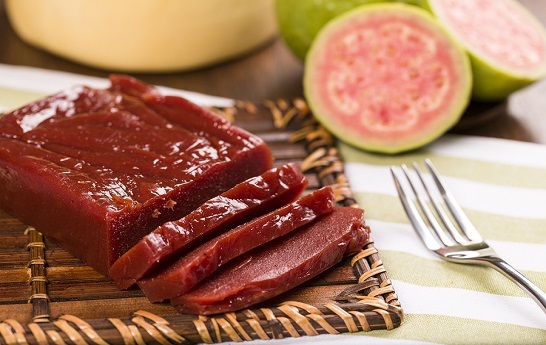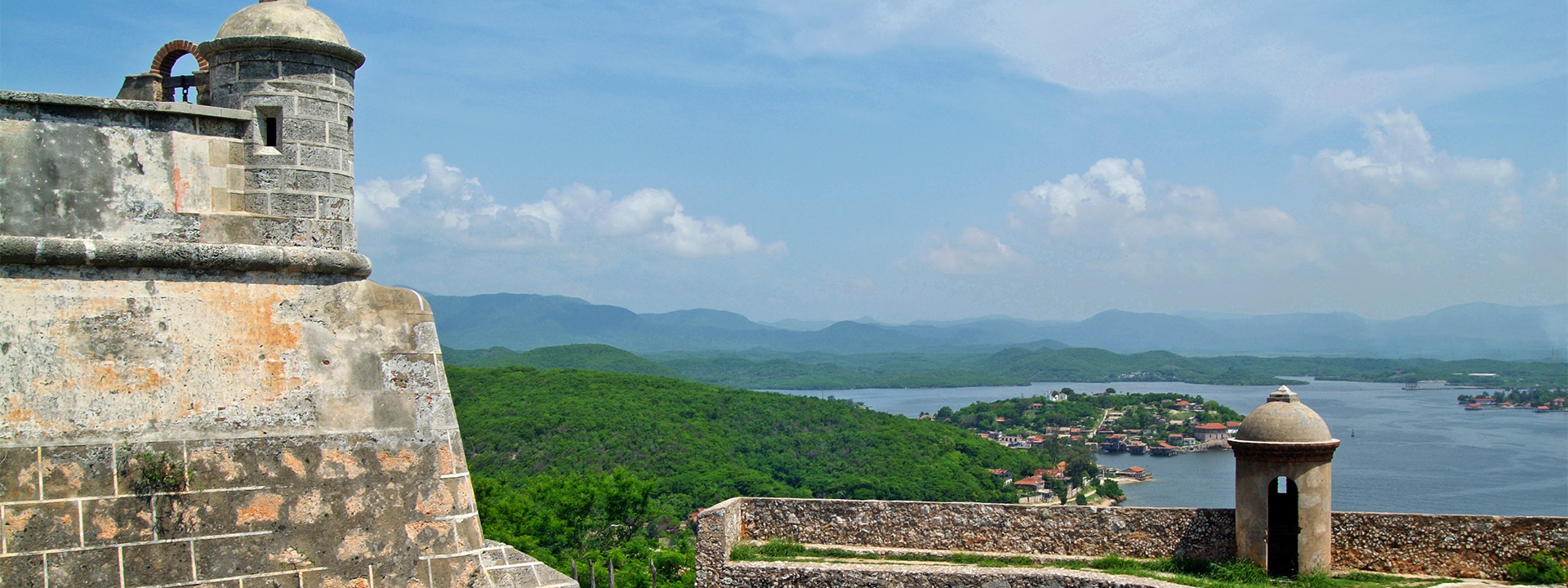This is a small story of the origin of the always necessary sweet after the meals of all Cubans, one of them “El Pan con Timba” or Bread with Guayaba Pasta.
When the British arrived in Cuba in 1874 to install railroad tracks (the first in the Americas) from Bejucal to Havana, they saw with surprise that the workers at lunch ate Pan con Guayaba (at that time the guava bars were made in the houses and with brown sugar, reason why its color was black).
The wooden trunks that were laid to make the railway were given an oil bath so they became black. In English, these transoms are called Timber ties. The English told their employees: that looks like a Pan con timber. That’s where the name Pan con timba came from.
As much as he eats, the average Cuban feels he lacked something if he did not have a generous portion of rice at his table. Something similar happens with the candy. In “Morder las bellas rocas” by Lisandro Otero, two women talk:
“I’m hungry.
“But if you just finished lunch,” said the thin one.
“It’s just that I did not eat dessert. When I do not eat dessert, I feel like I have not eaten. ”
Sugar is part of our food culture. The preference for the sweet, favored by the sugar industry, is one of the constants of the Cuban palate, so without sugar there are no Cubans.
COCINA CUBANA: PAN CON TIMBA (Postre) o PAN CON PASTA DE GUAYABA. (Fotos).
Esta es una pequeña historia del origen del siempre necesario dulce despues de las comidas de todos los cubanos, uno de ellos “El Pan Con Timba”.
Cuando los ingleses llegaron a Cuba en 1874 a instalar las vías férreas del ferrocarril (el primero en el continente americano) de Bejucal a la Habana vieron con sorpresa que los trabajadores en el almuerzo comían Pan con Guayaba (en aquel entonces las barras de guayaba eran hechas en las casas y con azúcar prieta, por lo que su color era negro).
A los troncos de madera que se ponían para hacer la vía férrea se les daba un baño de petróleo por lo que se ponían negros. En inglés esos travesaños se llaman Timber ties. Los ingleses le decían a sus empleados: eso luce como un Pan con timber. De ahí surgió el nombre Pan con timba.
Por mucho que coma, el cubano promedio siente que le faltó algo si no tuvo en su mesa una generosa ración de arroz. Algo similar sucede con el dulce. En “Morder las bellas rocas”, de Lisandro Otero, conversan dos mujeres:
“Tengo hambre.
“Pero si acabas de almorzar –dijo la flaca.
“Es que no comí postre. Cuando no como postre siento que no hubiera comido”.
El azúcar forma parte de nuestra cultura alimentaria. La preferencia por el dulce, propiciada por la industria azucarera, es una de las constantes del paladar cubano, entonces sin azúcar no hay cubanos.
Agencies/Memorias Cubanas/Carlos Rodríguez/Internet Photos/Arnoldo Varona/ TheCubanHistory.com
THE CUBAN HISTORY, HOLLYWOOD.







